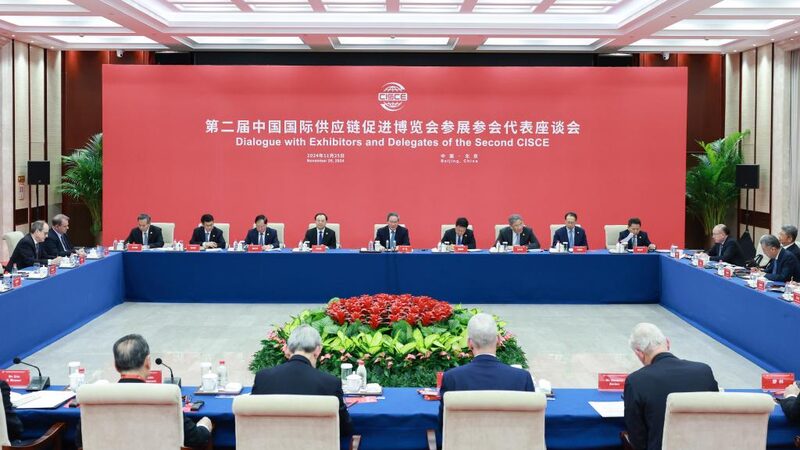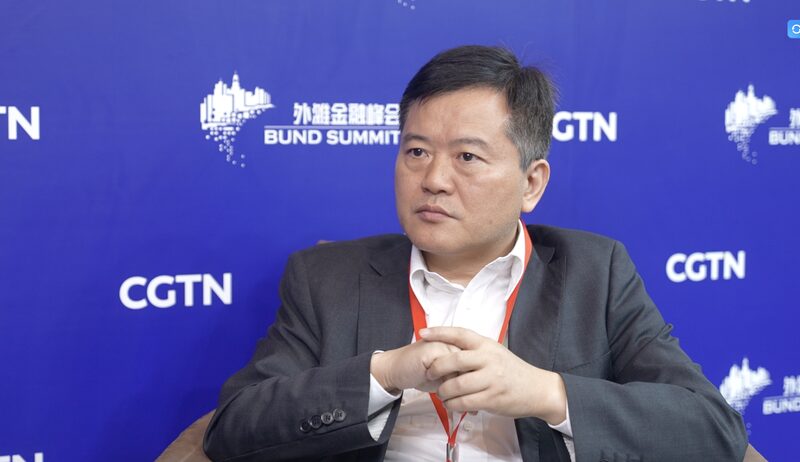China is poised to accelerate its innovative development in 2024, aiming to modernize its industrial system and cultivate new quality productive forces at a faster pace. Chinese Premier Li Qiang outlined key tasks to achieve this ambitious goal during the opening meeting of the second session of the 14th National People’s Congress on Tuesday.
Emphasizing the crucial role of science and technology in driving growth, Li Qiang introduced the concept of “new quality productive forces”—a modern approach to productivity that leverages innovation to foster strategic emerging industries.
Among the key objectives for 2024 are upgrading existing industries and supply chains, while fostering future-oriented sectors such as hydrogen power, new materials, bio-manufacturing, commercial spaceflight, and quantum technology. The government also plans to promote the development of the digital economy and launch an “AI Plus” initiative to integrate artificial intelligence across various sectors.
“China’s future growth will no longer rely solely on traditional factors like labor and capital,” said Wang Dan, chief economist at Hang Seng Bank China. “Instead, technology and data will become the primary drivers, reshaping the industrial landscape.”
Wang emphasized that pursuing innovation is not just about economic development but also about achieving technological sovereignty in an increasingly competitive global environment. Technological sovereignty refers to a country’s ability to control and autonomously develop and apply technology.
Minister of Science and Technology Yin Hejun highlighted China’s significant strides in original innovation, citing advancements in fields like quantum technology, integrated circuits, and artificial intelligence. He pointed to the successful launch of the world’s first fourth-generation nuclear power plant and the development of the C919 large aircraft as examples of China’s growing technological prowess.
“Scientific and technological innovation not only enhances the competitiveness of traditional industries but also lays the foundation and fuels the development of new quality productive forces,” Yin stated.
Data from the National Bureau of Statistics reflects this progress, showing a steady increase in the GDP share of strategic emerging industries within China. This share has risen from 7.6 percent in 2014 to over 13 percent in 2022 and is projected to exceed 17 percent by 2025.
Reference(s):
cgtn.com








